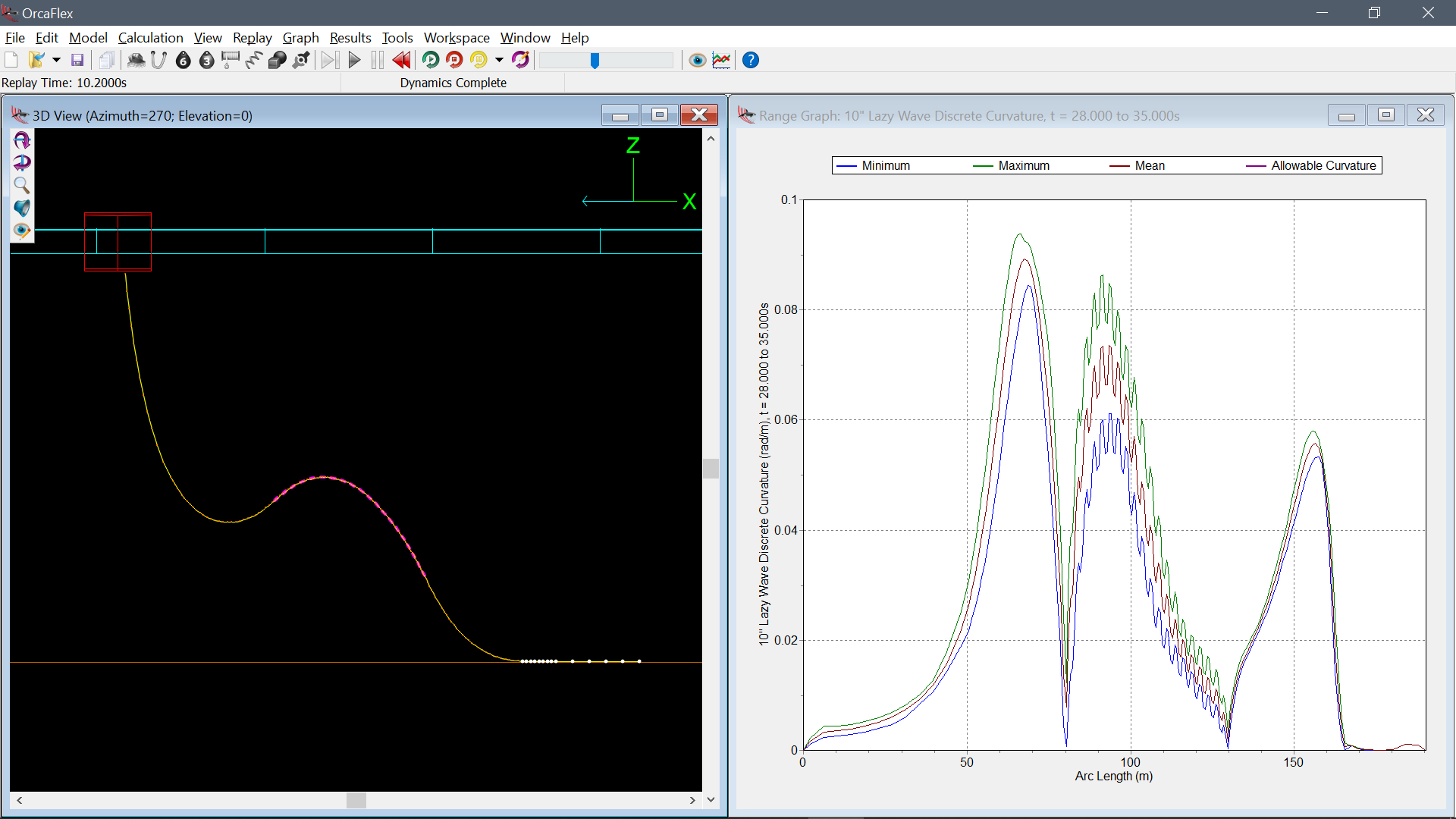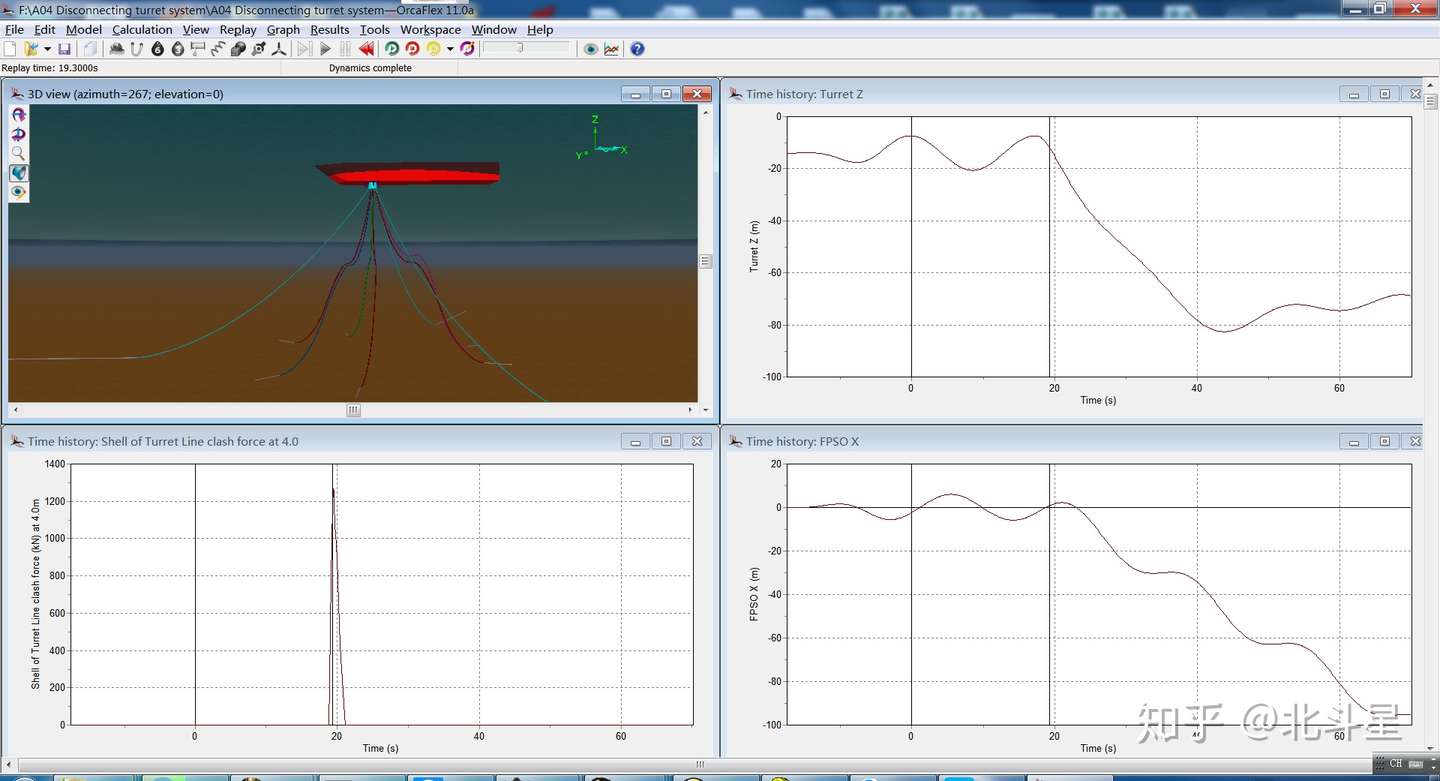
Module 8 - Incident Response and Threat hunting with OSQuery and Kolide Fleet Module 7 - How to Install and use The Hive Project in Incident Management Module 6 - Threat Intelligence Fundamentals Module 5 - Hands-on Wazuh Host-based Intrusion Detection System (HIDS) Deployment Module 4 - Getting started using Microsoft Azure Sentinel (Cloud-Native SIEM and SOAR) Module 3 - How to deploy your Elastic Stack (ELK) SIEM Module 2 - TOP 20 Open-source tools every Blue Teamer should have The approach enables non-experts in HOF to systematically identify the different elements that introduce critical variability in performance and to recognise what additional expertise can be called upon when needed.Module 1 - Incident Response and Security Operations Fundamentals This paper presents the SAFRAN method, specifying its HOF taxonomy and sharing examples of supporting HOF questions. The essence of using the SAFRAN method for evaluating the performance of the different processes in a socio-technical system, is to approach them in a similar way, building on the generic elements that compose a SMS and systematically looking at the HOF that influenced actions and decision making, regardless of the hierarchical level they are situated at.

The SAfety FRactal ANalysis (SAFRAN) method (Accou and Reniers, 2019) can guide investigators in an intuitive and logic way, to ask questions that help to gain deeper understanding of the capability of organisations to monitor and manage safety critical variability.

Important factors, including design and planning decisions, contributing to accidents are hereby often overlooked and the weaknesses in the Safety Management System are hardly ever analysed. In reality, however, the scope of accident and incident investigations stays usually limited to investigating the immediate causes and decision-making processes related to the accident sequence (e.g.

In order to manage the performance of socio-technical systems in a safe and sustainable way, the importance of looking at human and organisational factors (HOF) and their contribution to adverse events is widely recognised.


 0 kommentar(er)
0 kommentar(er)
